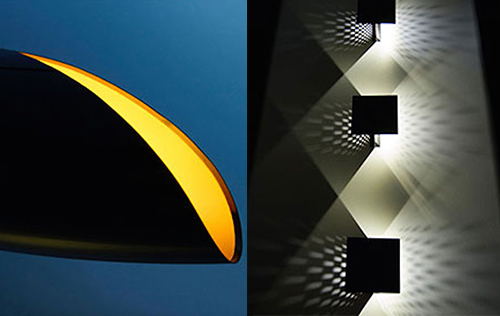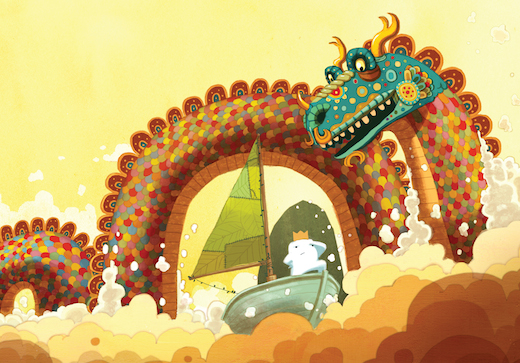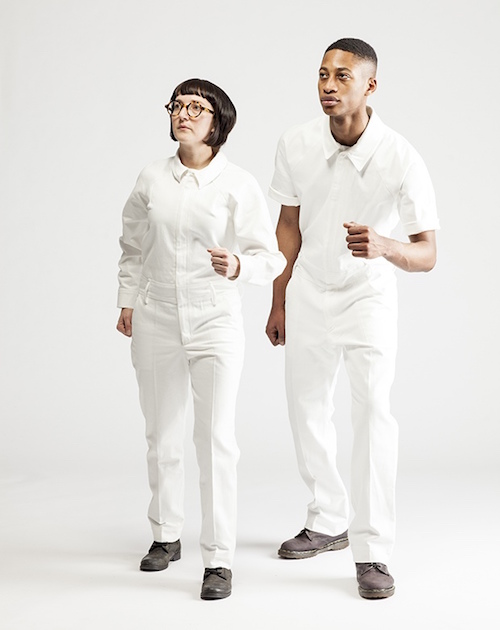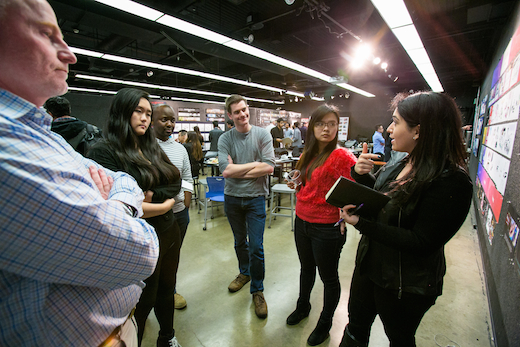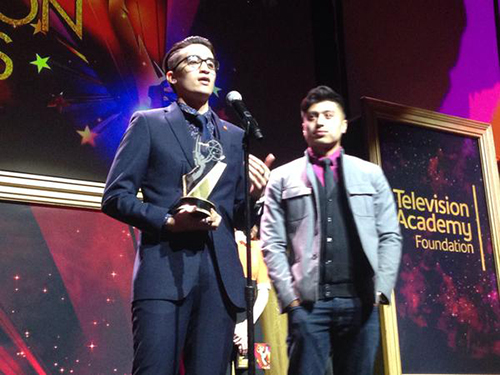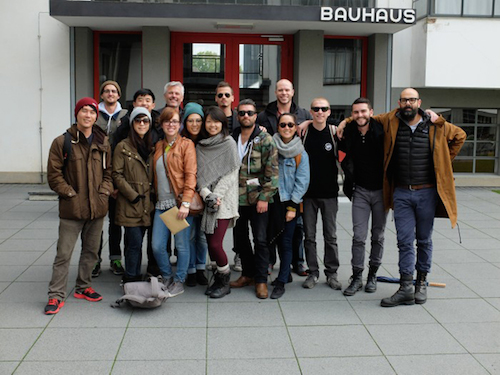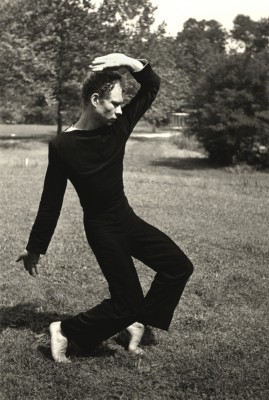
Still from Media Design Practices students Elaine Cheung’s and Shan Shen’s Connected Mobility.
Last week, Chevrolet announced that more than a dozen of its 2016 cars and trucks would be compatible with Apple’s CarPlay and Google’s Android Auto, the tech giants’ competing in-dash interfaces for vehicles that connect to the driver’s smartphone.
Considering both CarPlay and Android Auto were only publicly announced last year, the speed of Chevrolet’s adoption of these interfaces could signal a sea change in how quickly automakers respond to consumers’ demands.
Geoff Wardle, executive director of Art Center’s graduate Transportation Systems and Design program, says Silicon Valley’s forays into the transportation arena have lit the proverbial fire under Detroit.
“Traditionally the car industry has designed vehicles over a three- to four-year time period,” says Wardle. “But people want the same features in their cars that they have on their smartphones, which change every few months.”








